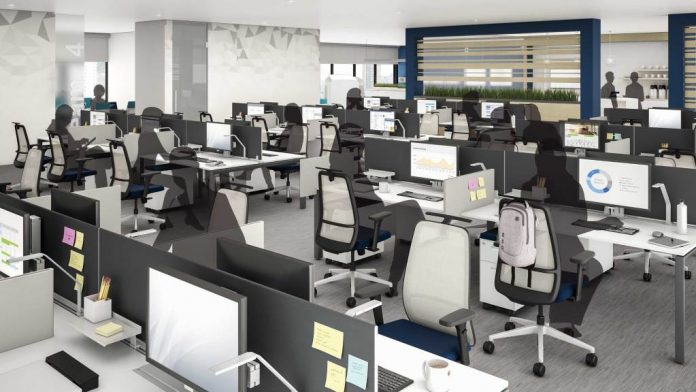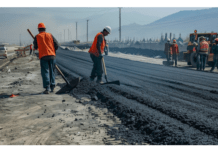Better designed workspaces can enhance productivity, creativity, innovation and engagement.
In the last decade or more, the demography at the workplace has changed like never before. People with new mindsets, differentiated skillsets and new-fangled approaches are now part of the workforce.
To keep this workforce motivated, engaged and productive, it needs to undergo change as well.
Yes, there have been some visible changes. Organisations have tried brighter colours for GenY, with open offices for more transparency and sunlit spaces to retain the energy level.
Steelcase, a workplace solutions provider, recently completed an in-depth study in India and China to better understand the unique challenges of operating in growth markets. Here are the four spaces one needs to address while designing a workspace in different circumstances.
1. Personal Space
With real estate prices soaring, high-density offices have become a reality in cities across India, especially Mumbai. However, even within that limited space, companies need to provide a sense of comfort and control in their individual workspaces. To keep employees engaged, it is vital that the workplace be designed to nurture their physical, cognitive and emotional needs.
For instance, at a call centre, where the stereotypical design will be a crowded office, lined with row after row of identical workstations, adding some privacy elements into the space can help humanise the density. For instance, something as small as a marker board at the employee’s desk—to make lists or jot down important information—or a name tag on a chair, can give a sense of order and ownership.
In fact, space to stow a backpack or a change of shoes can be especially important when the office—even a crowded one—is a home-away-from-home for workers with long shifts and long commutes.
2. Hierarchical Space

Hierarchy is still an important consideration in markets, such as India and China. However, with the increasing practice of optimisation of office space, it is becoming difficult to provide a cabin or a cubicle to every manager. Besides, there is this new thinking that sitting together would enhance collaborative effort.
In such scenarios, it becomes imperative to provide a slightly bigger desk, a second work surface, a larger storage area, or a second chair to express the manager’s more senior position and also facilitate quicker learning. For managers, these individual spaces are required for one-on-one mentoring.
3. Creative Space
Informal spaces are very important for organisations that produce creative work. So, while designing such a workspace, it’s important to include spaces with shielded boundaries that allow employees to concentrate alone, or even have a quiet one-on-one conversation without taking up valuable real estate. These spaces can be co-located throughout to provide areas for on-demand team collaboration.
For instance, at the office of the ad agency, Ogilvy, in Mumbai, a pantry is the locus for birthday celebrations and socialising and it’s crucial to the company’s culture. Small teams also use this space to collaborate informally, and there’s a feeling of freedom and vibrancy in the office.
Reception areas, lobbies and cafes can also be used for informal collaboration and socialisation.
4. Flexible Space
In today’s time and environment, it is important to have a flexible workspace design. This will make it easier to accommodate evolving business needs. For instance, benching solutions enable quick changes without adding to subtracting elements.

Work surface extensions and privacy screens can all be added to support changes in team size or to shift the focus from individual to collaborative work.
Organisations should also have multipurpose spaces that can support more than one activity. Work environments should be designed to help bring a diverse range of people, resources and tools into close proximity with each other. This is referred to as clustering, and it can promote the cross-pollination of people, ideas and experiences through places that bring them together.
Value our content... contribute towards our growth. Even a small contribution a month would be of great help for us.
Since eight years, we have been serving the industry through daily news and stories. Our content is free for all and we plan to keep it that way.
Support HRKatha. Pay Here (All it takes is a minute)




































